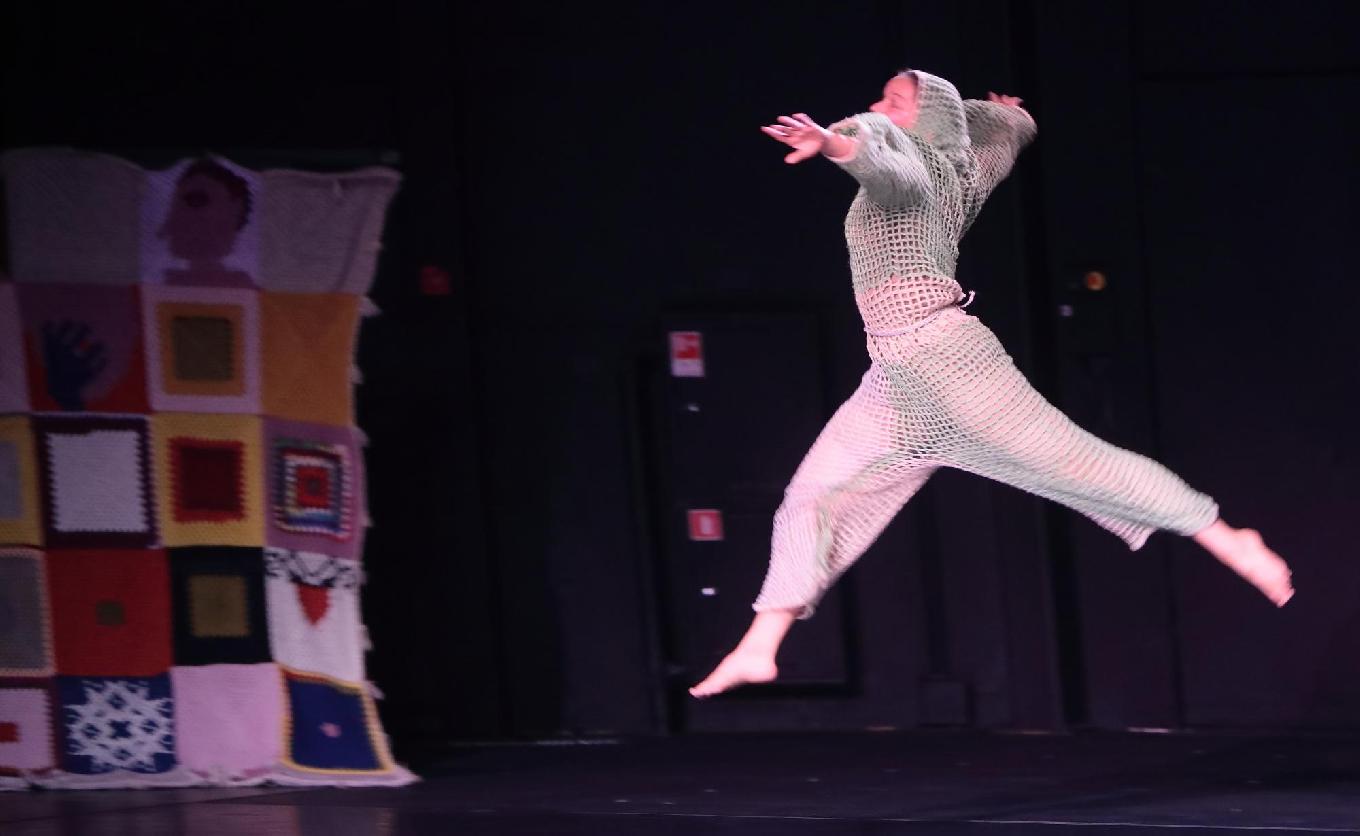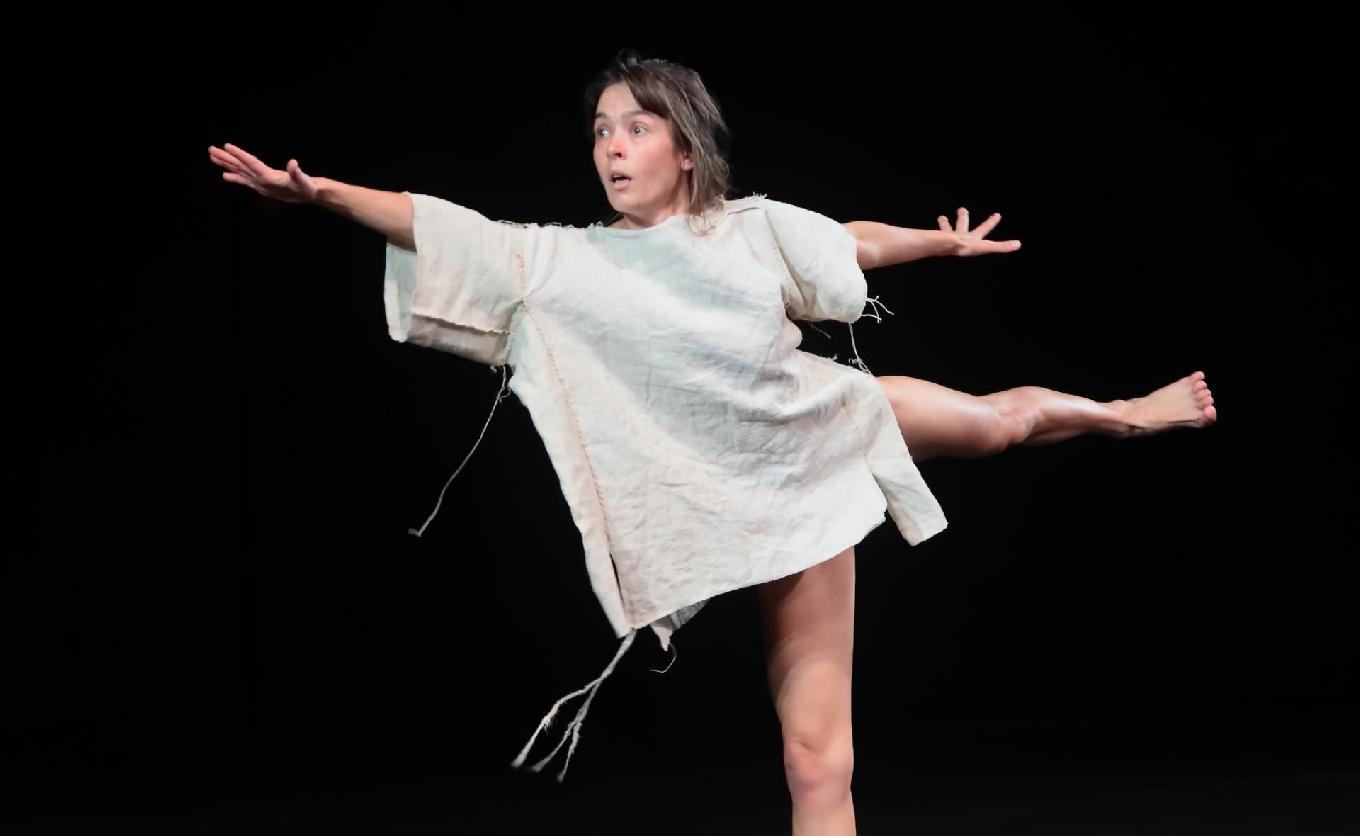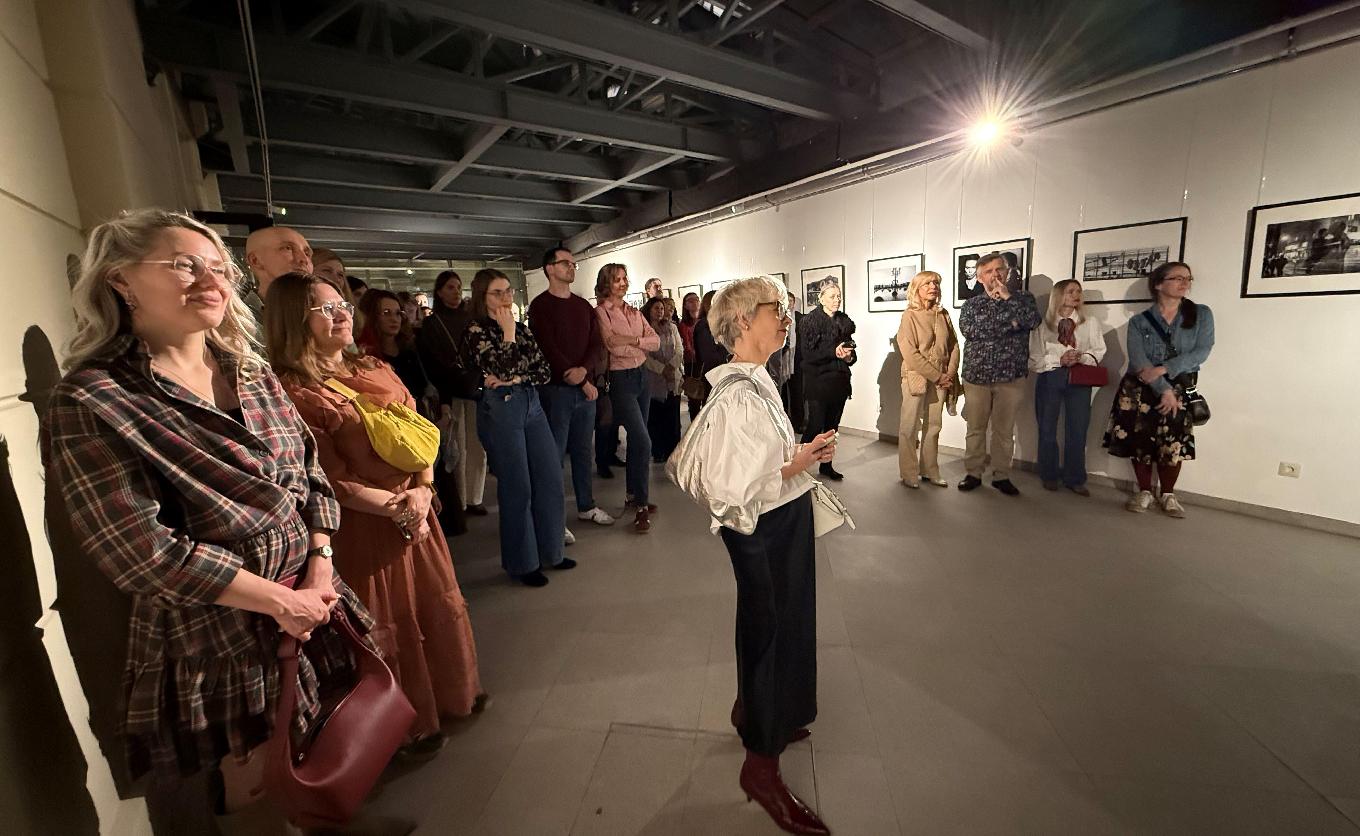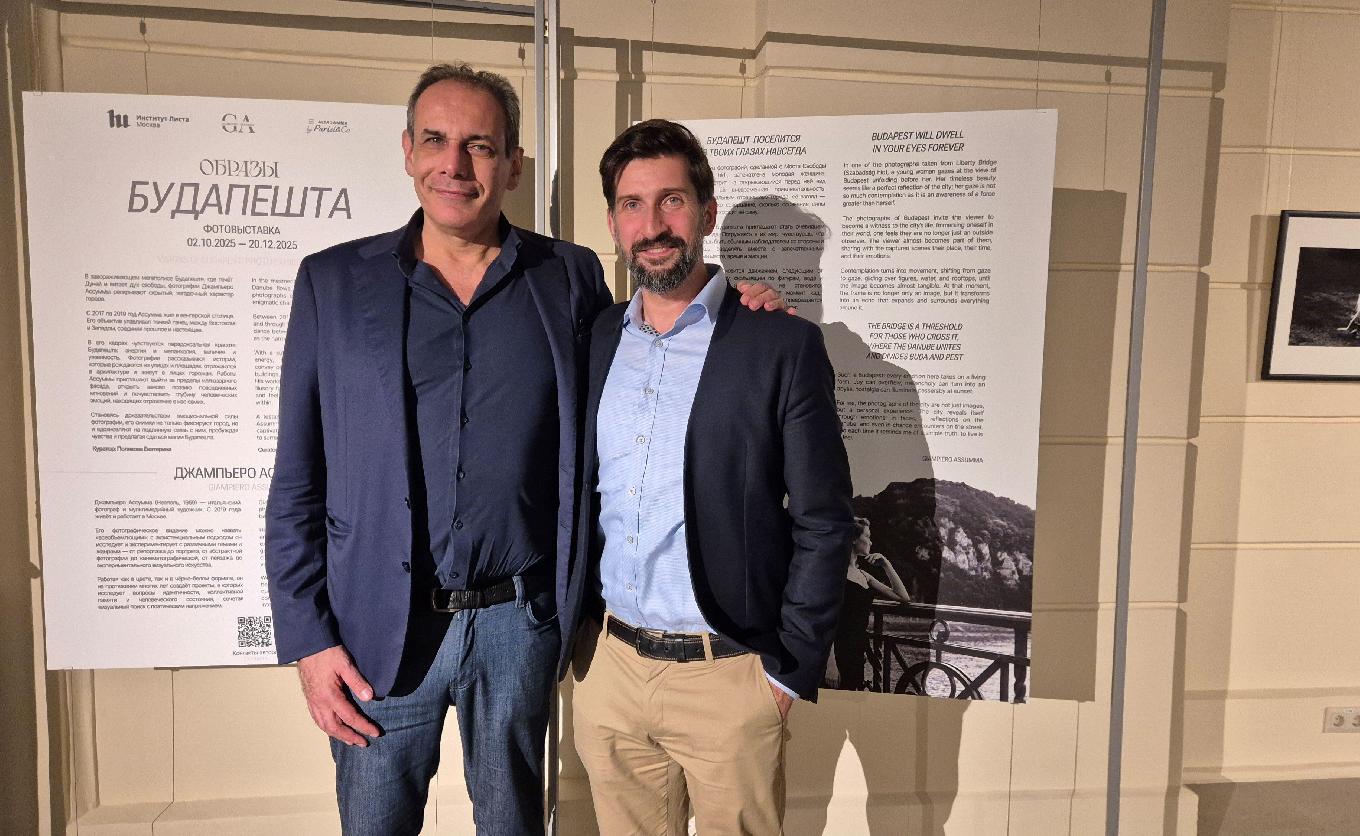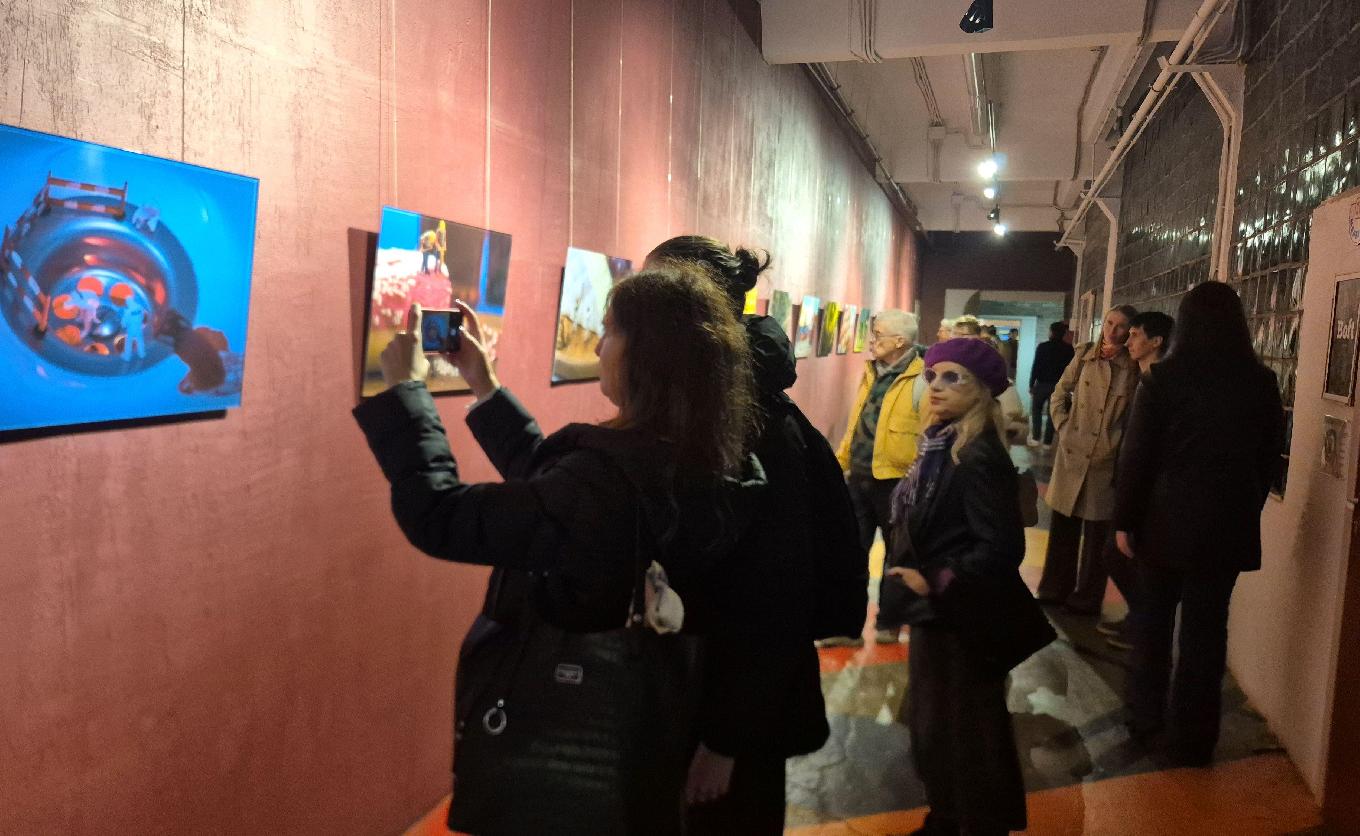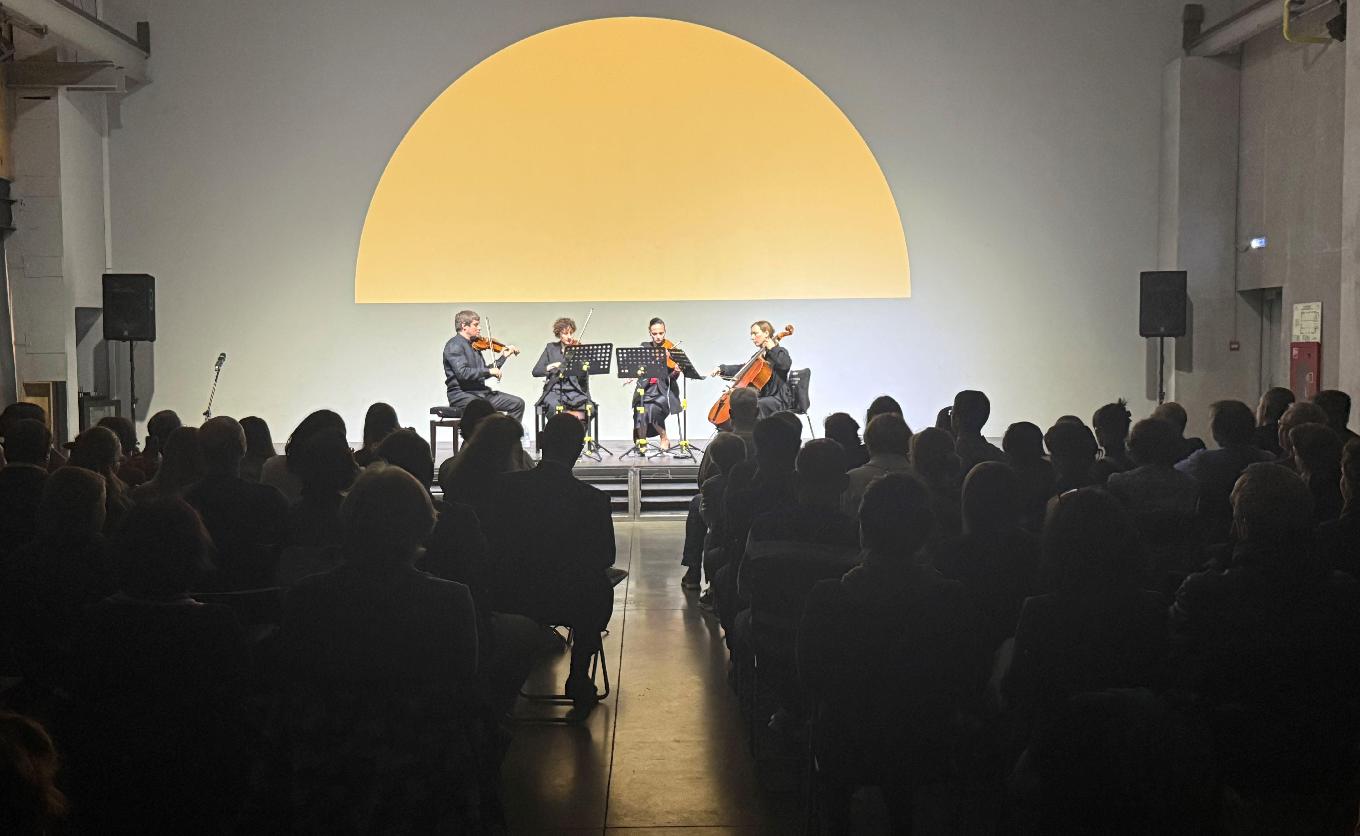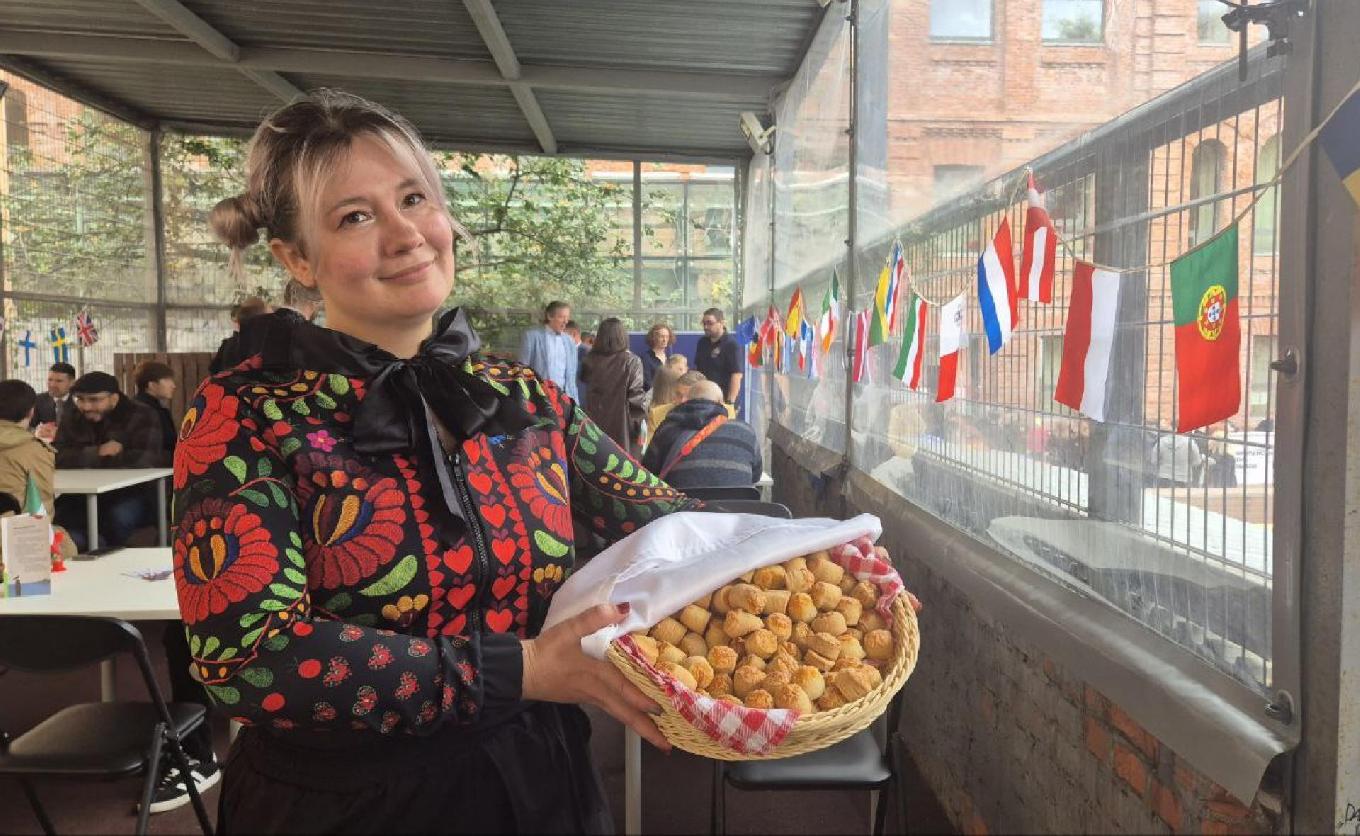
Hungarian Cultural Autumn in Russia
From August to early October 2025, numerous outstanding Hungarian cultural events took place in Russia, organized by the Liszt Institute Moscow. The program offered audiences experiences in the fields of art, science, music, and language learning.
Hungarian Day was celebrated on August 30 at the Relszi Cultural Center in Tver. The centerpiece of the event was Márton Orosz’s documentary With the Brain of a Scientist + the Eye of a Painter, which offered insight into the oeuvre of György Kepes, the Hungarian-born painter, photographer, and theorist. The film shed light on little-known moments in the birth of media art, as well as on the fascinating encounters between art and technology. Through interviews, archival footage, and personal recollections, it traced the eventful career of Kepes, showing how his work was shaped by politics, wars, and the art market, while simultaneously opening new paths in design and visual culture. The screening was followed by educational lectures and a presentation of contemporary Hungarian gastronomy, allowing visitors to enjoy the unique interplay of culture, science, and culinary art.
On September 9 and 12, in St. Petersburg and Moscow, contemporary dance performances ”Ownerless Islands” by Katalin Bitó and ”Softloneliness” by Zsófia Szász were presented in the organization of the Liszt Institute Moscow. The full house performance at the prestigious Alexandrinsky Festival in St. Petersburg had been eagerly anticipated, with tickets sold out one and a half months in advance. The program carried special cultural diplomacy significance as well, since apart from Indian and Chinese theatres, the two Hungarian performances were the only European productions featured. A reception for the Hungarian guests followed, where Viktor Szederkényi, Hungarian Consul General in St. Petersburg, and Sándor Kozlov, Director of the Liszt Institute Moscow, expressed their gratitude for the warm hospitality and the opportunity to organize the program. After the great success in St. Petersburg, Bitó and Szász traveled to Moscow, where they performed their solo works at the renowned Novy Manege dance hall, located near the Red Square and the Bolshoi Theatre. The event was attended by prominent public figures, Russian theatre directors, museum curators, choreographers, EU cultural diplomats, and students learning Hungarian. Both performances enjoyed resounding success in Russia.
On September 20, the French Lyceum in Moscow hosted the European Day of Languages, an annual event organized by the EU Delegation to Russia, EUNIC (European Union National Institutes for Culture), and the embassies and cultural institutes of EU countries. Around 3,300 visitors attended. At the Hungarian stand, the diversity of the Hungarian language and culture was introduced through language classes, playful workshops, quizzes, and speech-training activities. Ambassador Norbert Konkoly also took an active part in the program, leaving a memorable impression on those interested in learning Hungarian. Visitors not only explored the language but could also taste zserbó and pogácsa, while discovering new experiences through board games created by the Liszt Institute.
A few days later, on September 24, the Liszt Institute and the Rassvet Cultural Center jointly organized the sixth part of the concert series From Liszt to Bartók. The Moscow-based OpenSound Orchestra performed works by Béla Bartók, Edison Denisov, and György Kurtág. Bartók’s Fifth String Quartet, composed amid the historical tensions of the time, is dramatic in tone, blending Baroque structures with Stravinsky’s neoclassical influences, while its third movement evokes the rhythms of Balkan folklore. It is no coincidence that this work, along with Bartók’s late quartets, served as an example for 20th-century composers such as Kurtág and Soviet avant-garde figure Edison Denisov, who frequently referred to Bartók’s legacy in their careers.
On September 26, the audience of the ArtMuza Gallery in St. Petersburg encountered the unique world created by Hungarian photographer Péter Csákvári. His exhibition Tiny Wasteland brought to life absurd, humorous scenes featuring everyday foods and miniature figures: firefighters extinguishing a pepper, public workers cracking a walnut, and divers plunging into a jar of pickles. The opening speeches were delivered by Sándor Kozlov, Director of the Liszt Institute, Aleksandra Basarova, Artistic Director and Curator of ArtMuza, and Anna Volkova, representative of the St. Petersburg Congress Palace. Following the opening, guests had the chance to taste the rich flavors of Hungarian wines. The exhibition remains open until the end of November, accompanied by photography workshops and Hungarian educational lectures.
The Hungarian cultural autumn program continued on October 1 at the Liszt Institute Moscow, where Italian photographer Giampiero Assumma presented his exhibition Budapest. Having lived in Hungary for over a decade, Assumma juxtaposed views and portraits of the Hungarian capital with images of Naples. Organized in cooperation with the Italian Cultural Institute in Moscow, the event not only strengthened the cultural dimension of Hungarian–Italian relations but also brought the unique atmosphere of Budapest closer to the Moscow audience.
The Liszt Institute Moscow’s series of events reflected the richness and diversity of Hungarian culture, while offering audiences the chance to experience the worlds of art, music, dance, design, and gastronomy in person. The Hungarian cultural autumn in Russia not only showcased artistic values but also strengthened cultural dialogue between the two countries, providing fresh inspiration and memorable experiences for both visitors and participating artists.

